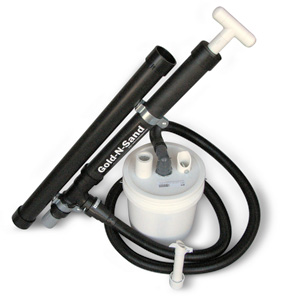


For large dredging works, such as the construction of the Northern Holland Canal in 1822-1825, thousands of workers with dredging bags were deployed. The mud was pulled ashore or deposited in a flat barge. Working with the dredge bag, the handle was rested against the shoulder, so that the net could be dragged over the bottom with two hands.įor large dredging works, thousands of workers with dredging bags were deployed. There were different types of nets and bags, depending on the composition of the sediment. The dredge bag, a tool that was also used for peat cutting, was a long stick (up to 6 metres long) with an annular metal scraper and a net at the end. A “modal shift” policy, in which cargo transport moves from the road to the water in order to improve sustainability and reduce congestion, also leads to more and larger ships, and thus to more dredging. Both inland ships and seagoing vessels continue to get bigger, requiring ever deeper and wider waterways. The demand for dredging continues to increase. In the port of Rotterdam alone, 20 million m³ of mud is collected each year. Approximately 75% comes from salty waters. At the same time, navigable waterways are essential to maintain transportation and trade - the country is home to the largest port in Europe, Rotterdam.Įach year, some 30 to 35 million m³ of mud are dredged out for the maintenance of the Dutch waterways. Siltation is a serious problem in the Netherlands, which lies in the delta area of various rivers that supply large amounts of silt and clay particles. However, in some parts of the Netherlands, people chose a different strategy: they designed a new type of cargo ship that could sail in shallow waterways. Therefore, it was supplemented by animal power, wind power and tidal power. Manual dredging was heavy labour, especially when waterways became deeper. However, in earlier times, the Dutch waterways were dredged mostly by hand, using simple but ingenious tools. Today, dredging happens with oil powered ships, which burn up to 3,000 litres of fuel per hour. If canals, harbours and rivers would not be maintained for a few years, the whole country would literally grind to a halt. The dredging industry has been the backbone of the Dutch economy for centuries.


 0 kommentar(er)
0 kommentar(er)
